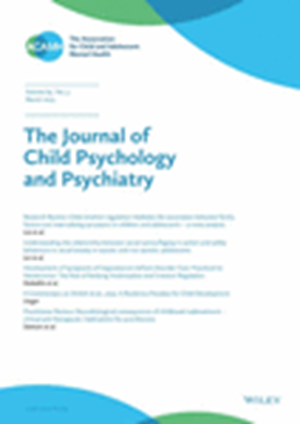Examining the association between placental malperfusion assessed by histopathological examination and child and adolescent neurodevelopment: a systematic review
Abstract
Background
Placental malperfusion, categorised into maternal vascular malperfusion (MVM) and foetal vascular malperfusion (FVM), is a main placental pathology known to affect placental functioning and offspring outcomes. The aim of this review is to evaluate the association between exposure to placental malperfusion and offspring neurodevelopment from birth to 18 years of age.
Methods
Following the registered protocol on Prospero, Medline, Cochrane, CINHAL, Embase and PsycINFO databases were searched systematically from inception to 01/11/2023. Included were publications examining exposure to placental malperfusion detected on histopathological examination and clinically measured neurodevelopmental outcomes. Publications on multi-pregnancies or animals, exposure to malformations, surgical or medical interventions, review and opinion articles, or those not translated to English, were excluded. Grey literature search and forward and backward citation chaining were performed. The Joanna Briggs Institute's checklists were used for quality assessment. Three studies were pooled using percentages of adjusted associations.
Results
Nine observational studies fulfilled the eligibility criteria. The included neurodevelopmental outcomes were assessed from 5 days to 8 years when age of assessment is reported. Four publications showed an association between exposure to MVM and poor neurodevelopment at 10–40 months and 8 years, however, no association was observed when examining preterm infants up to 24 months. Conversely, in the six studies examining exposure to FVM, FVM association with neurodevelopmental disorders was reported in two studies looking at preterm infants assessed at 24 months and 8 years and better neurodevelopmental scores in other two studies at 10–40 months.
Conclusions
The pattern of association between MVM and FVM with neurodevelopmental outcomes varied among the included studies. Clinical and methodological heterogeneities and poor reporting of relevant populations' characteristics hindered full understanding of the results. Methodologically rigorous research is required to help utilise histopathological findings of placental malperfusion in predicting offspring's neurodevelopmental outcomes.




 求助内容:
求助内容: 应助结果提醒方式:
应助结果提醒方式:


